In today’s modern era of manufacturing, art and product design, Silicone rubber molds have become the gold standard for creating detailed, accurate and durable reproductions. Be it industrial components, Jewelry pieces, sculptures or prototype products for different industries, Silicone rubber mold provides the flexibility, precision and reusable properties that no other material can match.
This article aims to clarify What is a Silicone Rubber Mold?, What is a Silicone Rubber Mold Kit?, Types of Silicone Rubber Mold And Benefits of Using Silicone Rubber Mold. So let’s dive deep into the world of silicone rubber mold making.
1. What is a Silicone Rubber Mold?
A silicone rubber mold is a mold made out of silicone rubber for mold making. It’s used to make different copies of an original model, art piece, or master pattern. What makes mold making silicone rubber to be so unique is it’s flexibility. You can not break or damage a mold or casting by using a soft material to demold it. Mold making rubber is flexible enough to have the ability to bend and stretch so that you can easily removes casting from it.
2. What is a Silicone Rubber Mold Kit?
Silicone rubber mold kit is a readymade set that include all necessary items require creating mold at home or workshop. Normally, a rubber silicone mold making kit comprises of:
- Base silicone rubber compound
- Curing agent or catalyst
- Mixing tools and containers
- Instruction Manual
3. Types of Silicone Rubber Mold
When it comes to making silicone rubber molds, there are a number of different types of silicone molds which are designed for use depending on the type of part or object being molded, the production process in which the mold is being used and the required quality standards that need to be met. It is important when deciding what type of silicone rubber mold to make that you choose correctly in order to obtain the desired surface finish, part accuracy and ease of removing your part from the mold after it has been cured.
a) One-Part
The one part silicone rubber mold is the easiest type of mold to make and use in rubber silicone mold making. It is perfect for flat or one sided objects but may not be used for rounded or complexly designed molds. Flat, non straight, non uniform sided or multi leveled materials would also need the expertise of a two-part or three places silicone rubber molds maker.
b) Two-Part Silicone Rubber Mold
A two-part silicone rubber mold (also known as a split mold) is used for objects that have depth, curves, or complex shapes. It allows the mold to separate into two halves, making it easier to remove castings without breaking the mold or the part. Here’s how it works: the model is placed halfway into modeling clay, and the first layer of silicone rubber for mold making is poured. Once cured, the clay is removed, and the second half is poured over it using mold making silicone rubber. After curing, both halves can be separated and joined again for casting.
c) Brush-On or Layered
Silicone mold making rubber is brushed on an object in layers (usually 10-15). The silicone rubber must “cure” (harden) before the next layer is applied. After the final layer cures, a “shell” or “mother mold” is built up around this (usually with Plastic-Paste – a relatively inexpensive material). The shell gives support to the silicone mold and allows for the easy flow of casting materials, like concrete. This technique has become increasingly popular in artwork restoration and sculpture replication & architectural applications.
d) Block
A block silicone rubber mold is made by pouring liquid silicone rubber for mold making into a box that completely surrounds the model on all sides. When the mold making silicone rubber cures, the mold is sliced or cut open to remove the master. This type of mold provides uniform thickness and dimensional stability because it basically is one single piece of cured silicone rubber mold.
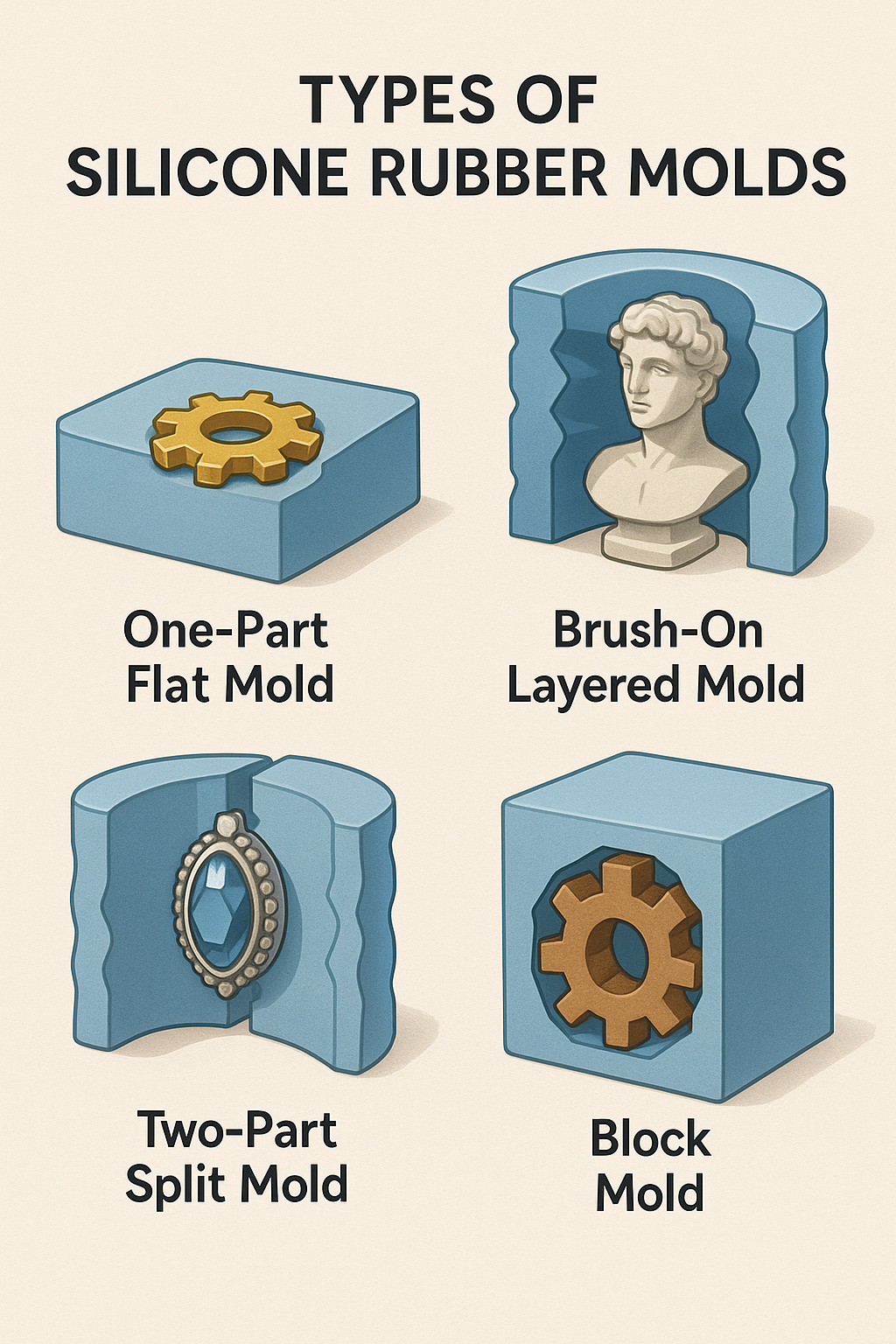
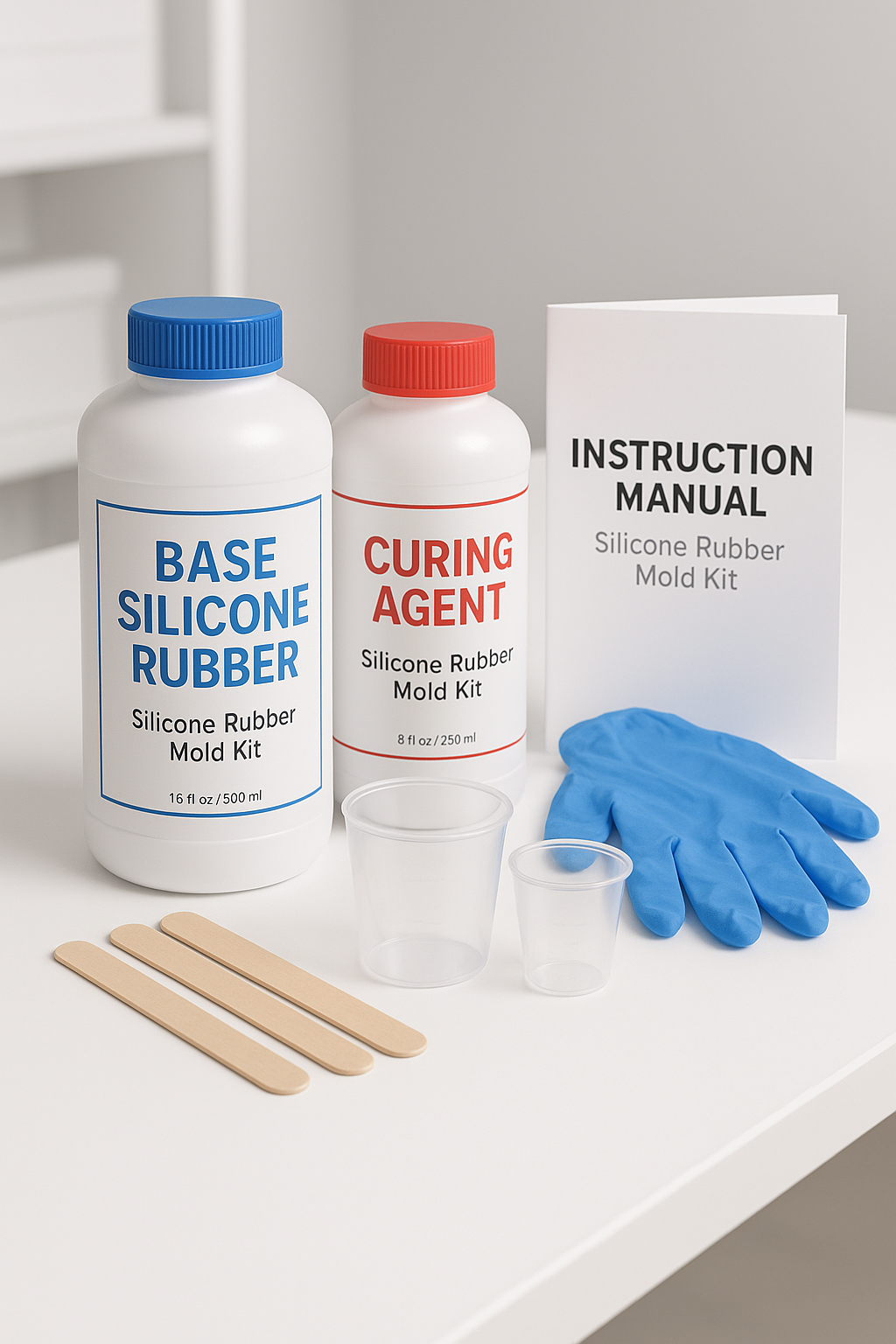
4. Benefits of Using Silicone Rubber Mold
Silicone rubber molds are gaining popularity in many industries due to their top versatility, flexibility and cost effectiveness. No matter if you’re using a that kit for your DIY projects or utilizing a mold making silicone rubber for industrial production, here are several evident advantages of using this sort of mold instead of traditional molds made out of latex, metal or plastic.
a) Unmatched Flexibility & Elasticity
One of the most obvious advantages to using silicone rubber molds for resin is its incredible flexibility. Fully cured silicone mold making rubber is a soft, pliable material that is easily manipulated and bent without risk of tearing the mold (damaging what it is holding). Delicate parts and tiny castings can be easily removed with simple mold flexing.
b) Capturing Precise Details
Silicone rubber for mold making replica retains the original with highest fidelity, including the minutest surface-detail or micro-surface. RTV molding silicone is widely used for reproducing artworks, sculptures, and precision parts.
c) Long-Lasting and Reusable
One of the biggest advantages of mold making silicone rubber is its longevity. A well-cared-for silicone rubber mold will last for dozens, or even hundreds, of casting cycles depending on the material being cast and how the mold is treated between casts. Unlike latex or thermoplastic molds, silicone rubber won’t shrink, crack or otherwise degrade over time.
Conclusion
In this modern age of design, manufacturing and innovation, Silicone rubber molds have become the gold standard for reproducing a vast variety of objects with amazing precision as well as endurance. Be it an industrial part or some beautifully intricate piece of jewelry, a sculpture or your kid’s hand print ornament, you name it! Silicone rubber for mold-making is multipurpose material that is virtually unrivaled by most other substances.
Whether for industry or home projects, silicone rubber molds simplify every task effortlessly. Suitable for novices through to professionals silicone molds can be used repeatedly and will produce the same end result with impeccable consistency. Not to mention the fact that they are absolutely long-lasting and indestructible.



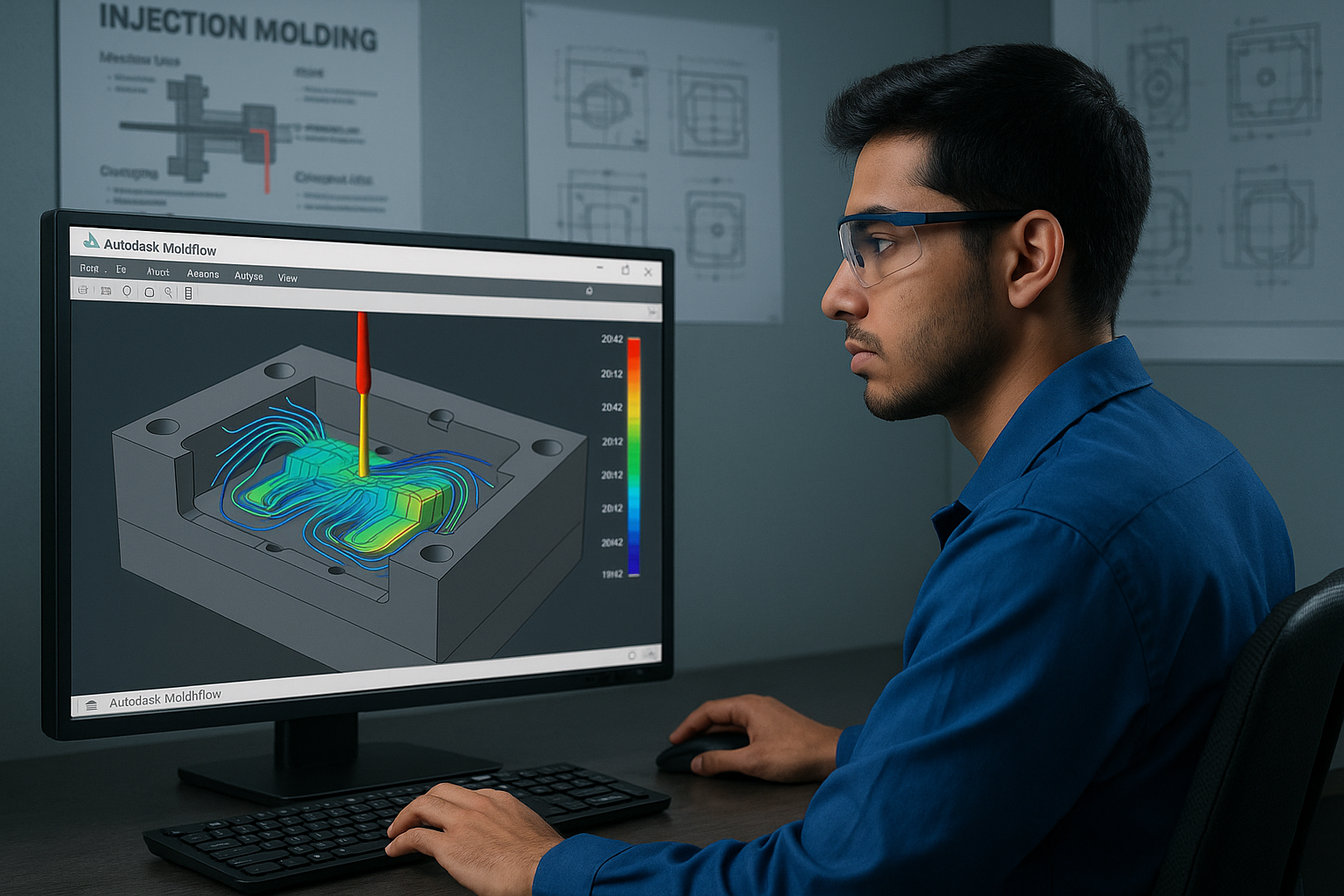
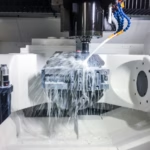
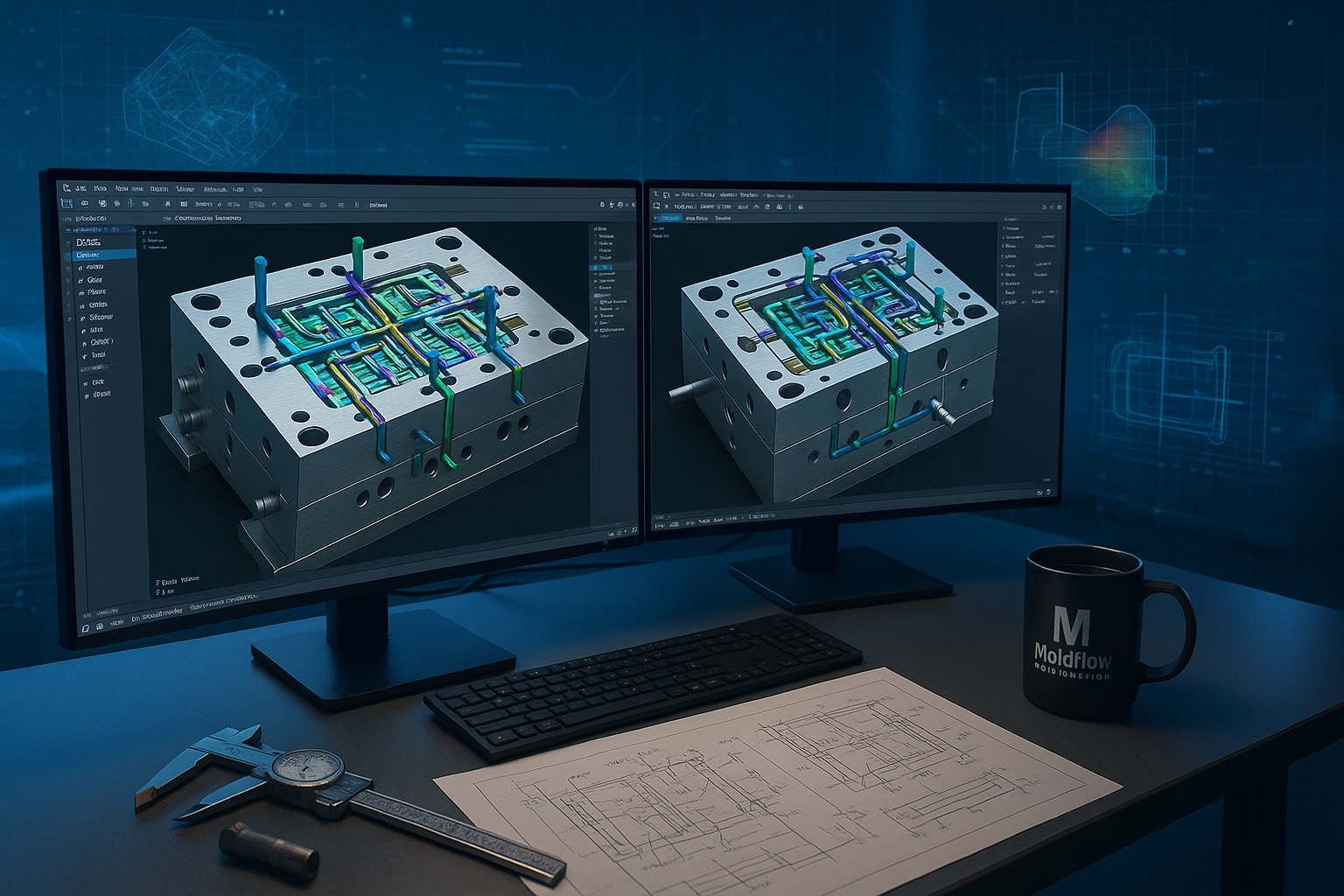




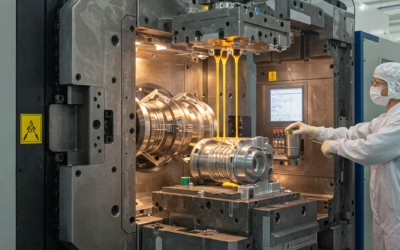
0 Comments